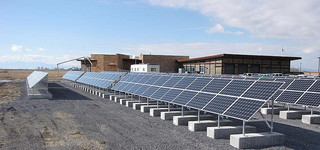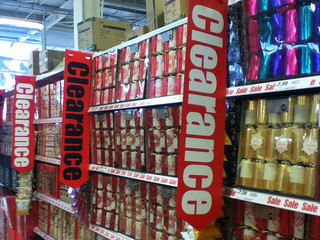How the Economy is Derailing Green Initiatives in Manufacturing

In most cases, green initiatives cost more to implement than traditional methods of manufacturing. It’s one thing to make green decisions when you’re building from scratch, but most established businesses are holding off on new construction and expansion until it’s clear how the economic recovery is going to hold up. Converting power sources to alternatives such as solar panels costs hundreds of thousands of dollars — a huge outlay when companies are struggling to avoid layoffs. Are green initiatives doomed due to a bad economy?
This article is for Premium Members only. Please login below to read the rest of this article.
Not a Premium Member yet? Become one today.
[login_form redirect=’https://www.procurementbulletin.com/how-the-economy-is-derailing-green-initiatives-in-manufacturing’]
[show_to accesslevel=’Premium Members’]

Green Parts and Service Aren’t as Widely Available
One thing that drives up the costs of green initiatives is a lack of availability in the marketplace. Traditional power sources, plumbing, and other necessary things for manufacturing are less expensive because more people make and service the less green alternatives. It’s harder to find green products, and when these products need service, it’s almost impossible to find qualified technicians to do the work. Companies that research green alternatives have trouble finding affordable options.
Green is Still New Technology
A good example of why new technology is always more expensive than old technology is to look at the video industry. When VCRs first came out, they were too expensive for many middle class Americans. As the makers of VCRs paid for development costs, the price dropped and soon almost everyone owned a VCR. The same was seen as DVD players entered the market, and again now as Blu-ray players drop in price. Developers of green technologies are trying to recoup the expensive process of creating and perfecting these technologies. Until these entities recoup their costs, green technologies will remain pricey.

It Takes Time to See Savings
It’s true that solar panels, wind turbines, and other green technologies free companies from expensive power grids, but it takes a long time to recoup the hundreds of thousands of dollars these green alternatives cost initially. In many cases, it takes ten years or longer to see the savings of initiatives implemented now. With a shaky future ahead, most companies aren’t willing to shell out big bucks now that won’t bring a return for many years, especially when other investments can return savings or turn a profit much more quickly.
Government Backing Off Incentives
Between 2000 and 2010, the government offered sizeable incentives for companies (and individuals) to convert to green alternatives. But at the end of 2010, many of these initiatives, such as tax credits, expired and the government hasn’t introduced new incentives. Companies that weren’t able to cash in during the most difficult part of the recession certainly aren’t going to get those benefits now. Many companies decide that other investments are a better tax break than implementing green initiatives.

Though the outlook for green manufacturing may look grim, that’s not the whole story. Fracking processes have freed enormous supplies of shale gas and oil in the U.S., driving energy costs down and putting us on the route to energy independence in the forseeable future. Additionally, new laws limiting the building of more coal-burning power plants and the gradual phasing out of coal power plants currently in operation mean that manufacturers can still continue to produce goods with a lower impact on the environment.
In the end, stricter government regulations, and not green initiatives by manufacturers, may tip the scales toward lower emissions and lesser use of natural resources. [/show_to]








